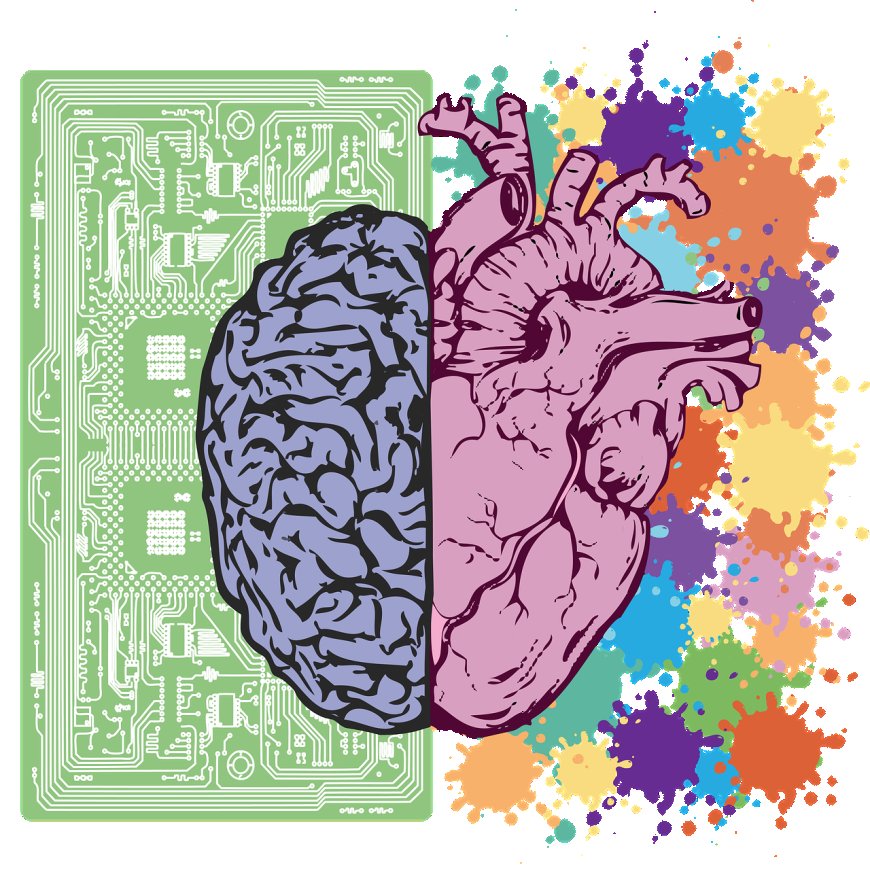Theory of Constructed Emotion
For each event or moment we experience in our lives, our brain matches an emotion. From past to present, many psychologists and neurologists have conducted research on emotions and examined the subject from different perspectives. In 2006, in the light of all these studies, Lisa Feldman Barrett developed her views on Constructed Emotion Theory, aiming to explain affect in a more concrete and comprehensive way.

Before the Constructed Emotion Theory, the question "What is emotion?",which has been the subject of many debates throughout history, should be answered. This question, which still has different definitions in different disciplines today, can be generally explained as follows: a set of personal experiences that come with physiological, neurological, cognitive and behavioral reactions. As with many by-the-book definitions, this one is also up in the air. So let's take a look at the theories of emotion that have been put forward from the past to the present to ground the issue.
Darwin Evolutionary Theory
While explaining the process of evolution in terms of mental activities, Darwin also put forward a theory of emotion. According to Darwin, emotional expressions are not learned, they are innate. It manifests as part of the survival instinct. For this reason, many emotions are expressed in the same way, do not differ from person to person and do not carry a communicative function.
James-Lange Theory
According to this theory, emotions arise when physiological changes are interpreted by the brain. For example, in times of danger, we feel fear because our heartbeat speeds up, but our heartbeat does not speed up because we feel fear.
Cannon-Bard Theory
James-Lange emerged as a critic of the emotion theory. This theory argues that physiological reactions alone are not sufficient for the perception of emotions and draws attention to the presence of cognitive activities. It reveals that the reactionary speed of physiological reactions is much slower than the emergence of emotion and that physiological reactions may be the common expression of many emotions or situations.
Stanley Schachter Theory of Emotion
Schachter argues that it is not possible to separate physiological and cognitive processes when explaining emotion, and that personal experiences also play a role in expressing emotions or physiological reactions.
In the light of these theories, Lisa Feldman Barrett put forward a theory that aims to scientifically explain the experience and perception of emotion. According to the Constructed Emotion Theory, it is not possible to explain the perception and expression of emotions only by genetic factors, physiological reactions and survival instinct. Each person has unique cultural, social and psychological experiences. Therefore, it is inevitable that there will be differences in how emotions are perceived and expressed.
Emotions are perceived in the brain through a series of neural networks that work in cooperation, one after the other. Our brains do not have separate neural structures for each emotion. For this reason, Barrett argues that a stimulus can elicit more than one emotion in our brain. In order to eliminate this confusion, he uses the term "Categories of Emotion". According to the structured emotion theory, while perceiving emotions, our brain creates a model for any functional action by taking into account the current situation and past experiences of the person, which makes emotions predictable. In other words, an object or event does not need to have been experienced before for it to be placed in any emotion category. The brain predicts and categorizes the present moment thanks to internal perceptual predictions and the models it has previously created in order to create an example of emotion at a given moment. Through this process, it concretizes the experience of perceiving a seemingly abstract emotion. For example, if one predicts the unpleasant effect of the presence of a year, this is categorized by the brain and the experience of fear emerges.
In conclusion, instances of emotion are constructed across the entire brain by multiple brain networks in collaboration. The components that go into this construction include internal perception, concepts and social reality. Internal predictions provide information about the state of the body and ultimately produce emotions such as basic, anger, fear, disgust, surprise, happiness and unhappiness. All these emotions combine with one's experiences and universal truths to form a code in the brain. As a result of the codes recalled through real or anticipated stimuli, the perception of the emotion is realized. Instead of following the path of proving or disproving previous theories, Barrett asked new and more comprehensive questions. He aimed to present a scientific fact by concretizing the concepts. Although he dismissed some of the old assumptions of the classical view, his proposed hypotheses provided a coherent theory.
References
Barrett, L. F. (2006). "Solving the emotion paradox: Categorization and the experience of emotion". Personality and Social Psychology Review. 10 (1): 20-46.
What's Your Reaction?

















































































